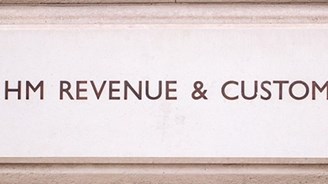Job Retention Scheme – extension in time and scope

On 5 November 2020 the Chancellor announced an extension to the Coronavirus Job Retention Scheme (CJRS) (also known as the furlough scheme) until 31 March 2021. Significantly the extension is not just about duration but also about widening the scope of eligible employees!
The scheme, initially due to end on 31 October, was to be replaced by the Job Support Scheme (JSS) from 1 November 2020. As a result of the extension of CJRS, neither the JSS nor the Job Retention Bonus Scheme (JRBS) will be implemented as planned.
The JSS is postponed, which indicates that it may be implemented at a future date and the purpose of the JRBS, which was designed to incentivise employers to keep people in work until the end of January, falls away. An alternative retention incentive may be introduced in 2021 if appropriate.
Under the extended CJRS the government will cover 80% of the cost of employee usual wages for hours not worked, up to a maximum of £2,500 per month. The £2,500 cap is proportional to the hours not worked. Employers will have to fund the employer National Insurance and mandatory auto enrolment employer pension contributions. Employers can top up employee wages above the maximum salary threshold at their own expense.
Employers will also have to pay the employee’s wages for the hours they work as normal, as well as employer National Insurance and employer pension contributions.
This policy will be reviewed in January to decide whether economic circumstances are improving enough to ask employers to contribute more.
CJRS rules are set to remain as previously, except where specifically indicated. In particular, the need to maintain employee rights and ensure employees have agreed to furlough arrangements is emphasised. Retrospective agreements can (subject to employment law) be made for the purposes of a CJRS claim with effect from 1 November 2020 provided put in place before 14 November 2020.
However, the announcement includes two important changes:
- there is no requirement for the employer to have used the CJRS previously
- employers can claim for employees who were employed and on their PAYE payroll on 30 October 2020 for whom at least one PAYE Real Time Information (RTI) submission has been made between 20 March 2020 and 30 October 2020, notifying a payment of earnings for that employee.
This means for example, that an OMB company director who may have been ineligible because their annual salary for 2019/20 had not been reported under RTI on or before 19 March 2020 may now be eligible under the extended scheme if a payment has been made between 20 March 2020 and 30 October 2020 inclusive. This would also be pertinent for say a new employee who commenced before 19 March 2020 but who lost out because there was no payment made and therefore no RTI submission on or before that date.
It is important to realise that for detailed calculation purposes there will be a different basis (period) for the calculations for reference pay and usual hours, to be referred to as the’ alternate’ calculations depending on whether an employee was previously eligible or is now newly eligible. It would appear to be the case that an employee previously eligible but never furloughed will follow the original calculation rules not the alternate calculation rules but as always, the devil is in the detail which is to be published on 10 November 2020. Employers will then be able to start claiming from 8am on Wednesday 11 November 2020, so another sleepless night for the payroll professionals!
For the full policy announcement see here



